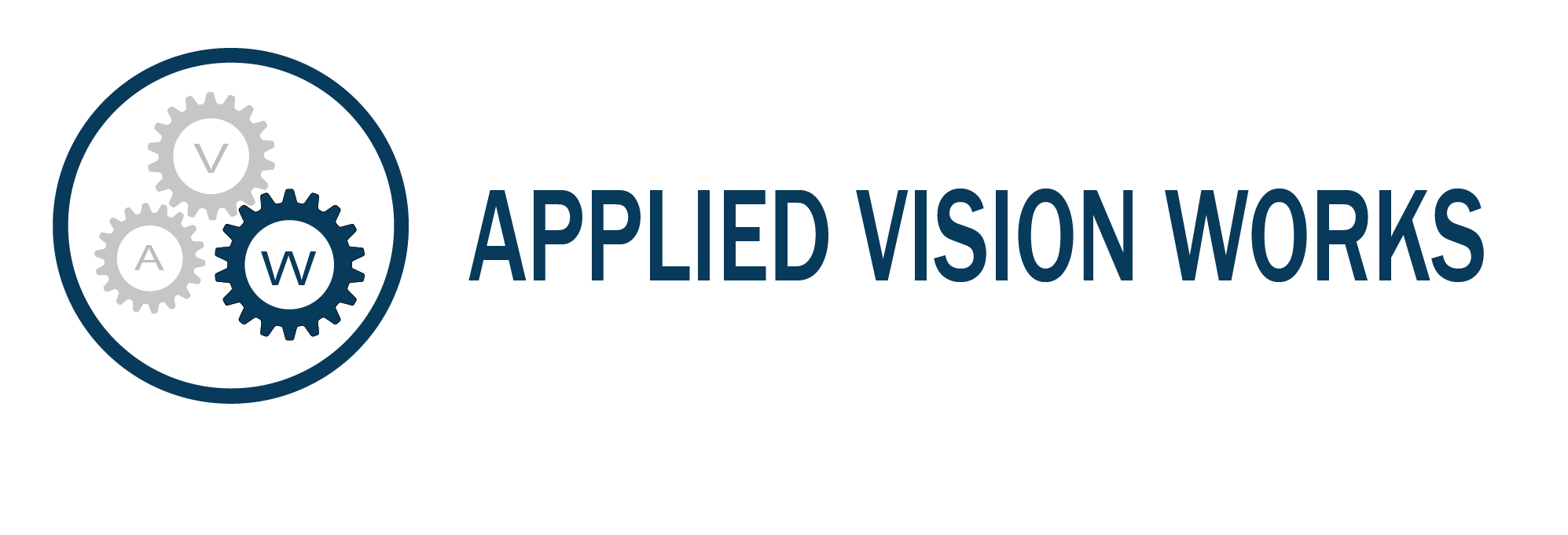Surviving Success and Watching Failure

Does Your Team Have Perseverance?
Unique Ground Rules for Effective Meetings
Handling meetings effectively today means that you spend only as much time as is necessary on the agenda, making decisions, and then adjourning. The best result from a meeting is full engagement, enhanced creativity and commitment to action from the team. Here are five unique rules we use among the other basic ones (e.g., issuing and closely following an agenda, providing data prior to the meeting) to ensure you get the most from your time.
ELMO: this is not the character from Sesame Street. This stands for “Enough, Let’s Move On”. If a topic has been discussed enough, any attendee can raise their hand and say “ELMO!” If seconded by two others, the team will go to the next item on the agenda. This is an effective ground rule if more research is needed to make a decision, if the data needed to decide is not available that moment, or if the discussion has wandered off topic. It’s easy to get bogged down in a specific account or a discussion about a software glitch. Don’t let it derail the agenda or hijack the meeting.
Future Focus: either the past is not discussed, or it is only allowed for a certain pre-specified period of time. The majority of the meeting is focused on what can we do differently going forward to get a better result, duplicate the success or prevent the problem. Some teams appoint an “Anti-Historian” who limits time for history discussion and keeps the future focus. While how you arrived at the current state is relevant, time does not need to be spent dissecting who did or didn’t do something that created a problem. Even if it’s a “perfect storm” situation, what is needed to prevent it from happening again and in the simplest way possible – so we don’t add unnecessary complication to existing people and processes?

The Rule of 3 X 3: if there is a leader of the team that everyone looks to for answers, or if there is someone that tends to dominate discussions, we will not allow them to talk until 3 other people have spoken or until 3 minutes have passed, whichever is later. Based on the size of the team, this can also be The Rule of 2 X 2 or 4 X 4 – whatever is appropriate. Use of this rule typically results in additional participation from attendees who might otherwise remain silent due to being overshadowed by a stronger personality.
Consensus: it’s difficult to find a married couple that is in full agreement on everything all the time – and with a team, it is even tougher. To use the consensus rule, if the majority votes for an action and the rest can “live with the decision”, then everyone must walk out of the meeting being both publicly and privately supportive of the decision. We have seen some of the best decisions impossible to implement if an element of doubt is created by even one person on the team that made the decision. (Typically this occurs when a member remarks to another colleague how “this solution will never work but I was overruled in the meeting.”) You may not know that this has occurred until weeks or even months later. We recommend holding the team members highly accountable when using this rule and insisting on compliance with it.

A & A Rule: this stands for “Adding” and “Alternative”. Particularly valuable when brainstorming, do not invest any time in shooting down an idea. Instead, add to the idea to make it better by using the word and. Maybe someone wants to change a process; perhaps the “and” is that a technology already in use can provide the data or reporting so no additional resources are needed. Or, provide an alternative to the idea presented even if you don’t know how to specifically accomplish it. This fuels creativity and allows more people “into the game” risking an instinct or approach that might open a door. Some ideas, when packaged together, have made up some of the biggest game changers for organizations. (See Spanx, Doggles and Angry Birds as examples.)
For more on how to have great meetings, or for a scorecard to improve your meetings, contact us at 800-786-4332 or email dhadley@appliedvisionworks.com.
A tactical piece of a larger strategy, meetings are just the beginning of how your leaders and teams can be more effective, more engaged and bring great ideas to your organization. We offer assessments of leaders, teams and cultures to identify opportunities to grow and build on the strengths you already have in place. Contact us to learn more, or visit our website at www.appliedvisionworks.com.





